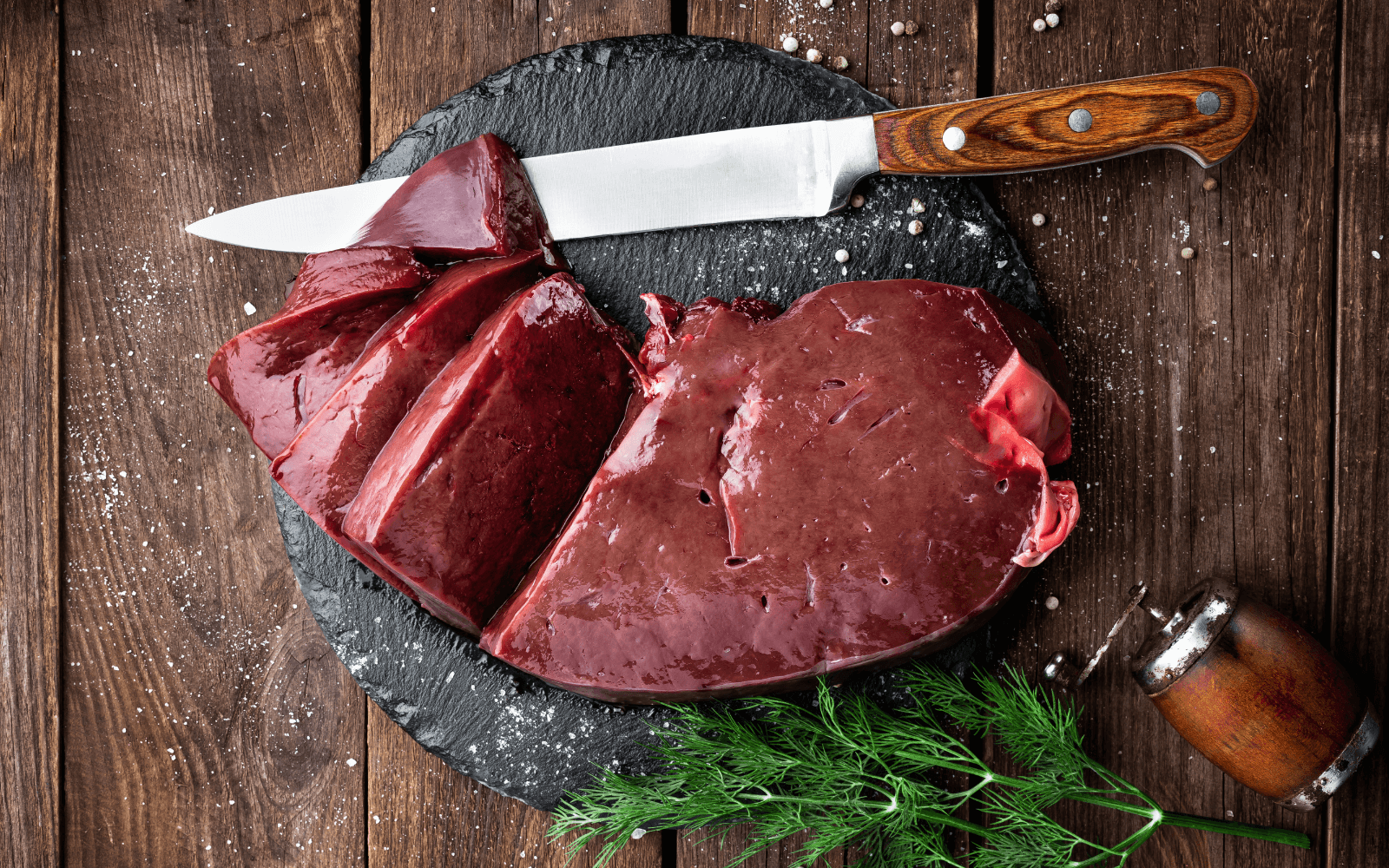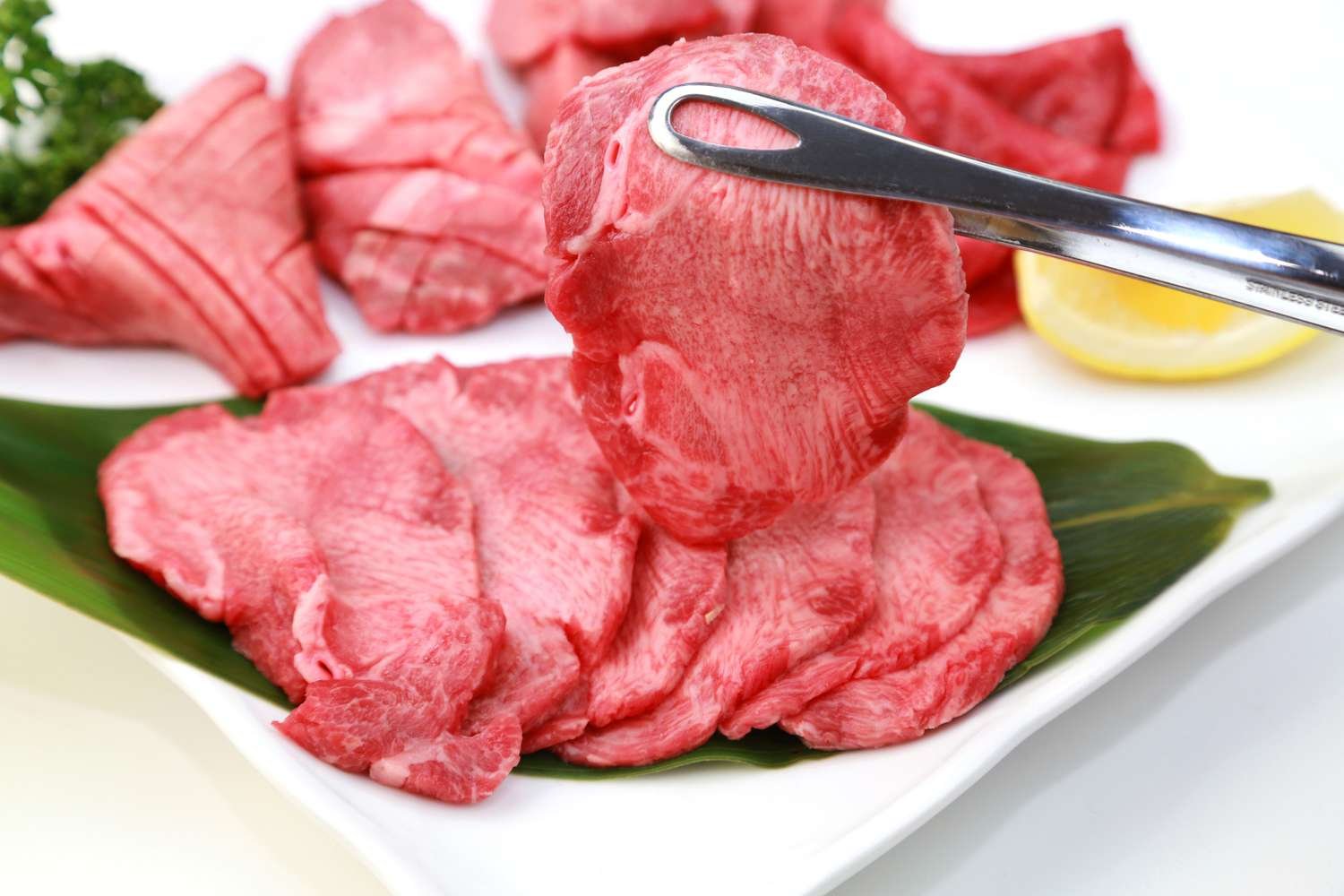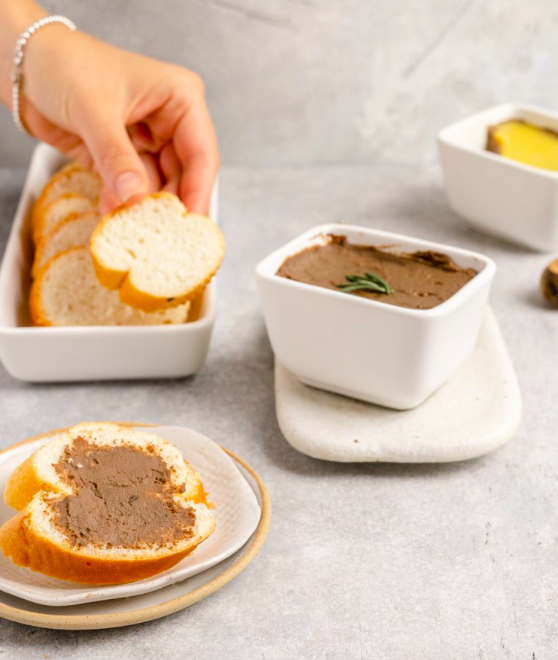Why Liver & Organ Meats are Secret Powerhouses!
Ok, I know off the bat the thought of offal meat might make you squeamish… but hear me out!
Liver and organ meats are often something not everyone has tried or experimented with, so let me help guide you through WHY they’re soo good for you and HOW you can actually incorporate them into your diet!
Earlier this year I wrote an article about why meat IS good for you, this one is going to take it that one step further!
So, what are organ meats?
Organ meats, also known as offal, are animal organs that we can cook and consume as food and can be sourced usually from cow, pig, lamb, goat or chicken. Some of the most commonly used organ meats include heart, liver, kidney, sweetbreads, trip, and tongue. I will admit, some of these organ meats are certainly more appealing than others and definitely easier to cook with, but they are all rich in protein, iron, vitamin B12 and folate.
Let’s get into all the different types of offal and all their benefits!!
Nutrients and Benefits
Liver
Liver is one of the most commonly used organ meats, and for good reason! It is quite low in calories compared to other cuts of more traditional meat, but is super rich in micronutrients, particularly vitamin A and vitamin B12.
Vitamin A
Vitamin A helps to maintain your immune system and is commonly known to be beneficial for eye health. Vitamin A also supports a healthy reproductive system for both males and females and has been connected to fighting against diseases such as arthritis.
Vitamin B12
Vitamin B12 is important for the formation of red blood cells and DNA and is also a key player in the function and development of brain and nerve cells (important stuff!!). Vitamin B12 is also important for our heart health, reducing our risk of heart disease by decreasing the likelihood of blood clots. Vitamin B12 has been linked to reducing risk of cognitive decline, including conditions such as Alzheimer’s disease and dementia.
Liver is also high in vitamin B6, niacin, pantothenic acid, iron, phosphorus, folic acid, chromium, selenium, copper which are all good for increasing haemoglobin levels in the blood, which increases our oxygen carrying capacity of the blood.
Kidney
Now the thought of eating kidneys may not make your mouth water, but the nutritional value may change your mind. Kidney meat is rich in protein, omega-3 fatty acids and selenium.
Omega-3 fatty acids
I’m sure you’ve all heard of the benefits of omega 3, but let’s have a bit of a refresher.
Omega-3 fatty acids are an essential part of cell membranes within our bodies, improving the function of cell receptors of the membrane that are responsible for making hormones, regulating blood clotting, contraction and relaxation of artery walls and inflammation.
Omega-3 fatty acids have been connected in helping prevent heart disease and stroke and controlling symptoms of lupus, eczema and rheumatoid arthritis.
Selenium
Selenium is one you’ve probably not heard much about, it is a trace mineral, meaning our body only needs small amounts of it, but that doesn’t make it any less important. Selenium is an essential component of various enzymes and proteins that help to make DNA and protect against cell damage and infections, these proteins are also involved in reproductive health and the metabolism of thyroid hormones. Selenium has similar nutritional properties to antioxidants and can help in reducing the risk of some cancers, thyroid disease and cardiovascular disease.
Heart
Heart meat contains the most CoQ10 out of all the organ meats, it is also rich in iron, phosphorous, copper, zinc, niacin, selenium, folate and vitamins B2, B6 and B12.
CoQ10
CoQ10, also called coenzyme Q10 is an antioxidant that your body produces naturally and is used by your cells for growth and maintenance. The level of CoQ10 that your body makes decreases as you age, therefore it is important we consume this in our diet as we get older. CoQ10 had been shown to reduce symptoms and improve conditions of heart disease, diabetes, Parkinson’s disease and migraines. CoQ10 also improves energy levels and there is evidence to show that is can help slow down the ageing process (now who doesn’t want that!)
Tongue
If I’m being completely honest, this is definitely the least appealing of the organ meats and it also has a little bit less nutritional benefit compared to the other offal we’ve discussed. However, tongue is super beneficial when recovering from illness as it is rich in zinc, choline, iron and vitamin B12. It is also quite high in calories and full of fatty acids so it is not recommended often and in large quantities, but under the right circumstances this can be super good for your health.
Choline
Choline has similar properties to the B group vitamins but doesn’t fall into the category of a vitamin or mineral. Choline is beneficial for the health of our brain and nervous system, it helps to regulate memory, mood, muscle control and helps to form the membranes of our cells.
Zinc
Zinc is a mineral and is essential for the creation of DNA, building proteins, healing damaged tissues and supporting a healthy immune system. Zinc helps cells to grow and multiply, thus requires during times of rapid growth (childhood or pregnancy) and also contributing the recovery process.
Overarching Benefits
Great source of vitamins A and B
Keeps you feeling full longer
Excellent source of iron
Helps build muscle mass
Cheap and affordable
Sustainable nose to tail approach
Source Quality
Like traditional cuts of meat, I recommend sourcing good quality forms of offal. Free-range, grass-fed, and organic meats are what I always suggest, you can get excellent quality offal meats for a low cost at good quality butchers.
I am passionate about eating all parts of the animal and making the most of all the nutritional benefits we can get from animal meat. Many parts of the world consume the whole animal and they have the right idea! Not only is it incredibly good for you, but it’s also cost effective, more sustainable and hence better for the health of the planet!! I have an article that dives more into this, as well as the benefits of grass-fed and free-range meats, read it HERE!!
Not sure where to start when cooking with organ meats?
Here are some tips of how to have it and ALSO ENJOY it!!
Start small
Let someone else prepare them (initially if needed)
Don’t be afraid to experiment
Open your mind
Try supplements in capsule form (soo handy!!)
Add to traditional meals with meat – eg. half beef mince & half liver in a spag bowl
Sprinkle powder (add to dinners, smoothies etc) (this is my favourite way as I’ll admit it’s just SO convenient, I have been using gelpro and loving it!). There are some great brands out there, just always consider where it is sourced and the quality.
If I only have capsules on hand, I often open them and sprinkle into a meal.You can freeze the meat and grate it in frozen to meals (like spaghetti bowl) when cooking.
OR even better…
Try my Homemade Chicken Liver Pate
Wherever you stood before reading this article I hope you have gained some perspective and this has opened your eyes to the benefits of eating the whole animal.
So whether you try organ meat in its pure form, add it into your next spag bowl, try my homemade pate recipe or just take it as a supplement or powder, PLEASE try adding it to your diet and experience the benefits for yourself!!
Want more?
My Low Tox Food Program is my signature program and honestly my true passion. It will help you get back in touch with REAL food. I go through every food product imaginable, giving you the confidence that what you are adding to your shopping trolley is free of nasties, additives and is actually going to nourish your body.
After some more nourishment?
Check out these articles!
· Get Glowing Skin through the power of FOOD
· How to Read Food Labels
· Eating Organic… is it Worth it?








